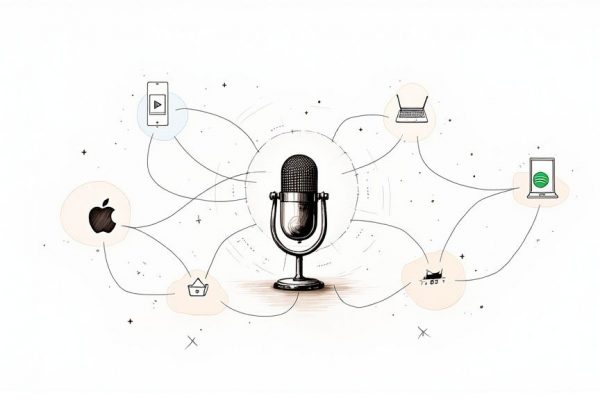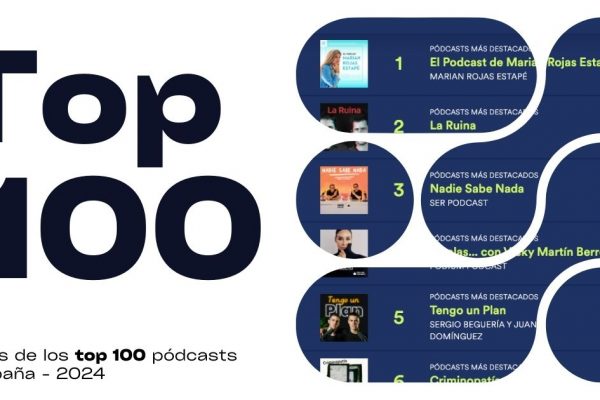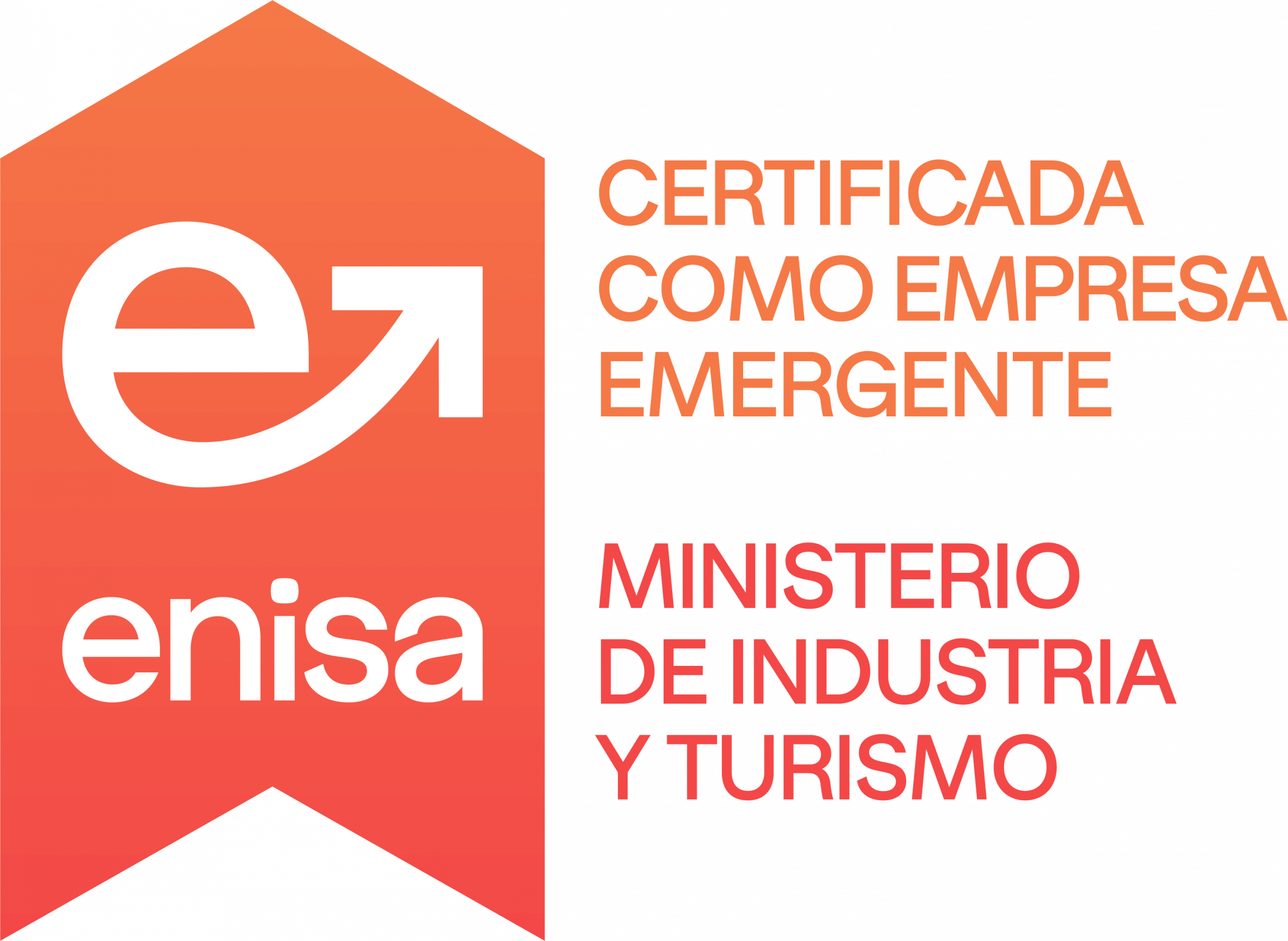Navigating the fundamentals of podcast SEO
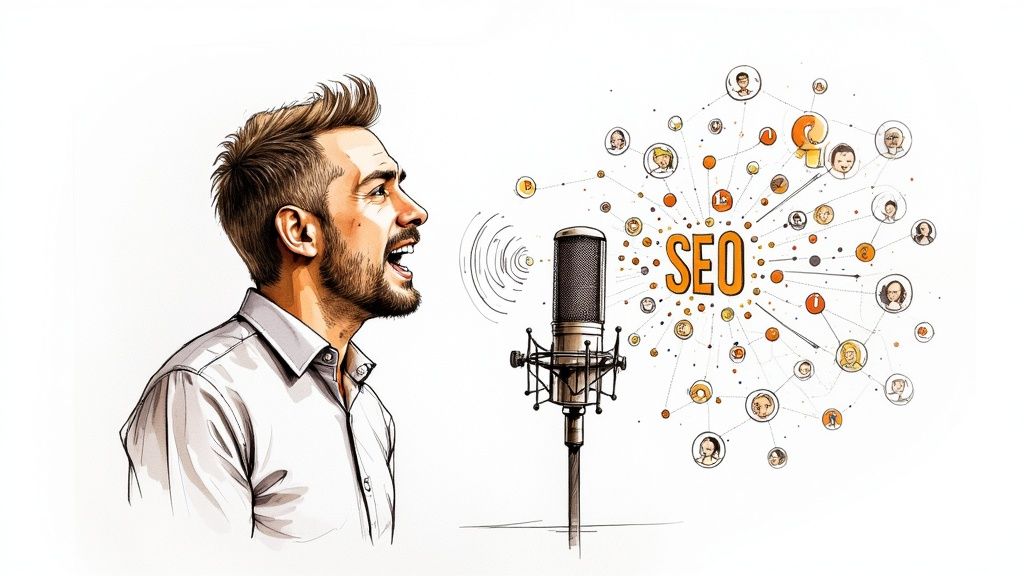
Podcast SEO has become essential for standing out in a market that now exceeds a million shows. To reach more listeners, you need to understand how search works and apply specific strategies. Simply uploading episodes isn’t enough—you need to make them easy to find for your ideal audience.
The Power of Keywords in Podcast SEO
Keywords are the compass that guides search engines to your content. The first step is identifying the terms your audience uses when searching for podcasts like yours. For example, if your show is about vegan cooking, keywords like "easy vegan recipes" or "vegan food for beginners" can be highly valuable. These keywords should naturally appear in your podcast’s title, description, and tags. It’s important to use variations to avoid sounding repetitive and to reach more searches.
Transcriptions: Bridging the Gap Between Audio and Text
Transcriptions are a key element that many podcasters overlook. Search engines still can’t "listen" to audio, so they rely on text to understand your content. By transcribing your episodes, you allow Google and other search engines to index them in relevant search results. Additionally, transcriptions make your content accessible to people with hearing impairments and help those who prefer reading or are in noisy environments.
Website and Metadata Optimization
Having a website for your podcast is essential. This page should use the same keywords found in your episode descriptions and tags. Metadata—the information that helps search engines understand your content—is just as important. Titles should be clear and engaging, incorporating the main keyword. Descriptions should summarize the value of the episode and encourage listening, much like a well-crafted product description. Good optimization makes it easier for listeners to find you on Apple Podcasts, Spotify, and other platforms.
Consistency is key. Regularly publishing and keeping your information updated across all platforms will help you build a loyal audience and improve your search rankings. Think of each episode as an opportunity to guide new listeners to your content.
Mastering the Technical Optimization of Directories
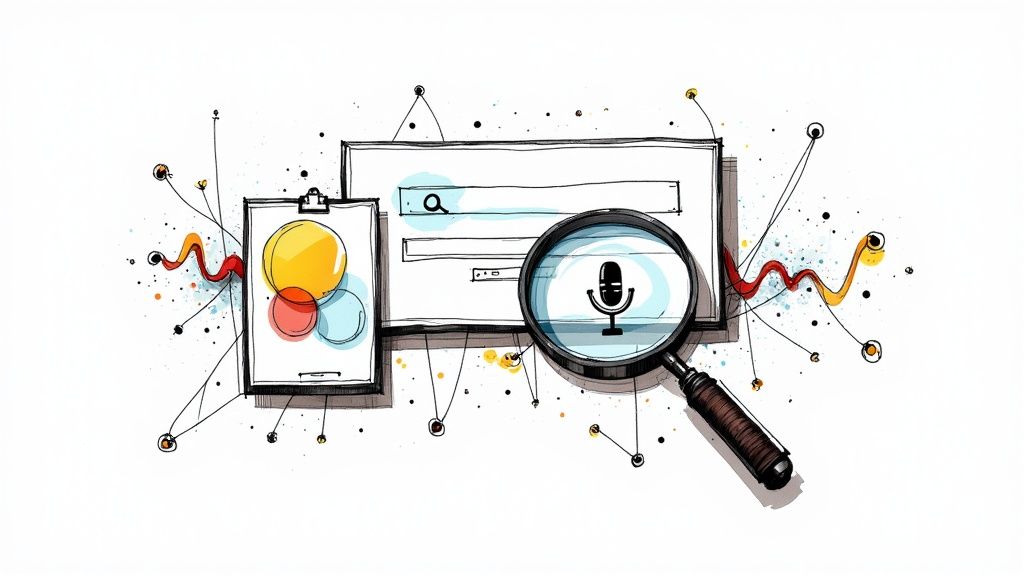
Podcast directories like Apple Podcasts and Spotify are essential for new listeners to discover your content. That’s why, beyond simply uploading episodes, you need to optimize your presence on these platforms to stand out and reach your ideal audience. Let’s explore how to do this effectively.
Optimizing Your RSS Feed: The Backbone of Your Podcast
Your RSS feed connects your podcast to directories, containing all essential information such as the title, description, cover image, and episodes. To ensure this information displays correctly and is well-indexed by search engines, pay attention to these key elements:
- Title and description tags: Be concise and engaging, naturally incorporating "podcast SEO." Like a news headline, these tags should grab attention and summarize your content.
- Cover image: Use a professional image that meets each platform’s technical requirements. A high-quality cover can make a significant difference in attracting new listeners.
- Categorization: Choose the most relevant category for your podcast. This makes it easier for users to find you when searching for specific content.
Metadata: Key Information for Discovery
Metadata describes each episode and, although listeners don’t see it directly, it is crucial for SEO. Search engines use it to understand your content and display it in relevant search results. Pay attention to:
- Episode titles: Keep them clear and direct, naturally incorporating keywords.
- Descriptions: Make them engaging and informative, summarizing what each episode is about.
- Keywords: Research relevant terms for your niche and use them strategically without overstuffing.
Common Mistakes to Avoid
When working on your podcast’s SEO, certain common mistakes can hurt your visibility. For example, failing to update your RSS feed regularly can cause synchronization issues. Another common mistake is ignoring the technical specifications of each platform.
To keep your podcast optimized:
- Regularly check your RSS feed
- Ensure all information is up to date
- Review each directory’s technical requirements
- Maintain consistency in your metadata quality
By implementing these technical fundamentals along with a solid content strategy, you can build a strong presence in the podcasting world and reach more listeners interested in your content.
Creating Content That Connects with Your Audience

After optimizing the technical aspects, it’s crucial to focus on your podcast’s content. The best audio quality in the world is useless if the content doesn’t engage listeners. This is where SEO and valuable content creation come together.
The Art of Magnetic Titles
After optimizing the technical aspects, it’s crucial to focus on your podcast’s content. The best audio quality in the world is useless if the content doesn’t engage listeners. This is where SEO and valuable content creation come together.
Descriptions That Convert: Beyond a Simple Summary
Your episode description is your chance to convince someone to listen. Don’t just summarize—highlight the most interesting points and spark curiosity. Just like selling a product, emphasize the benefits and explain why it’s worth listening. Adding a call to action like "Subscribe so you don’t miss an episode" can help boost engagement.
Transcriptions: A Valuable Tool for SEO and Accessibility
Transcriptions do more than improve SEO—they also make your content more accessible. Listeners can follow along by reading, which is helpful for people with hearing impairments or those in noisy environments. Additionally, you can repurpose transcripts into social media posts or blog articles, expanding your reach.
Success Stories in Podcast SEO
Many podcasts have seen significant growth thanks to SEO. For example:
- "Coffee Break Spanish" uses clear titles and multilingual descriptions to reach a global audience.
- "TED Radio Hour" leverages transcriptions to create written content and expand to other platforms.
These cases show that a solid SEO strategy can drive growth without sacrificing quality. The next step is to strategically distribute your podcast to maximize its impact.
Amplifying Your Reach with Strategic Distribution

For your podcast to succeed, you need to go beyond just publishing on Apple Podcasts or Spotify. The key is to distribute your content intelligently across multiple platforms and channels to maximize visibility and connect with your audience.
Exploring Non-Traditional Distribution Channels
In addition to traditional podcast directories, many other platforms can help you share your content. For example, if your podcast focuses on digital marketing, you can share relevant episodes in specialized LinkedIn groups. This allows you to reach professionals specifically interested in SEO and related topics.
You can also explore online forums, social media groups, and collaborations with other content creators in your niche. By identifying these specific communities, you can connect with people genuinely interested in what you offer.
Optimizing Your Multiplatform Presence
Simply posting the same content everywhere isn’t enough. Each platform has its own style and format. For example, while a full episode works well on Apple Podcasts, Instagram is better suited for short clips with subtitles.
To succeed on each channel:
- Adapt the format: Create platform-specific versions of your content.
- Adjust the language: The casual tone of Twitter may not be appropriate for LinkedIn.
- Customize calls to action: Ask for engagement through polls on Instagram, request subscriptions on YouTube, etc.
Building a Loyal Listener Base
Beyond gaining new listeners, the goal is to create an engaged community. To achieve this:
- Maintain a consistent publishing schedule across all platforms.
- Actively respond to comments and messages from your audience.
- Offer exclusive content such as extended interviews or downloadable materials.
A well-executed distribution strategy not only increases your reach but also turns your podcast into a valuable resource for your audience. By diversifying your presence and tailoring your content for each platform, you build a strong community that will help you grow organically and sustainably.plataforma, construyes una comunidad sólida que te ayudará a crecer de manera orgánica y sostenible.
Measuring Success Beyond Downloads
Download numbers are just the beginning when it comes to measuring your podcast’s success. While downloads are an important metric, sustainable growth requires analyzing deeper data to truly understand your audience. Think of it like a treasure map—downloads show you the island, but you need more clues to find the chest.
Key Metrics for Podcast SEO
- Listening time is one of the most revealing metrics for audience engagement. For example, if most listeners drop off within the first few minutes, it’s a sign that your introduction isn’t connecting. This insight allows you to refine your intros or adjust content to better match audience expectations.
- Unique plays show how many different people are listening, beyond total downloads. If you have 100 downloads but only 50 unique plays, it means half of your audience consists of repeat listeners—a good sign of loyalty but also an indication that you need to expand your reach.
Using Analytics Tools to Optimize Your Podcast
Platforms like Libsyn and Podbean offer detailed insights into your listeners’ demographics, locations, and behaviors. This data is invaluable for tailoring your content. For instance, if you discover your primary audience is women aged 25-35, you can create content that specifically resonates with them.
These platforms also track traffic sources—whether listeners find you through search engines, social media, or direct visits. This information is crucial for refining your SEO and distribution strategy. If most of your traffic comes from social media, you might want to double down on your presence there.
Interpreting Data for Continuous Growth
The key is learning how to interpret the data to keep improving. Collecting metrics isn’t enough—you need to understand what they reveal about your audience and how to use them to optimize your podcast.
A simple analysis framework can be highly effective. For example, a comparison table per episode:
| Episode | Downloads | Unique Plays | Average Listening Time | Average Listening Time |
|---|---|---|---|---|
| Episode 1 | 100 | 70 | 20 minutes | Search Engines |
| Episode 2 | 150 | 80 | 15 minutes | Social Media |
| Episode 3 | 200 | 120 | 25 minutes | Podcasting Platform |
This type of analysis helps identify patterns. If an episode has many downloads but a short listening time, the content needs adjustments. If another has a high listening time and mainly comes from search engines, it means SEO is working well for that topic.
In summary, to grow your podcast, you need to go beyond downloads. With proper data analysis and interpretation, you can optimize your content, better connect with your audience, and achieve sustainable growth.
Preparing Your Podcast for the Future of Audio
Podcasting has grown tremendously in recent years, becoming an essential communication channel. However, to stay relevant, creators need to understand how podcast discovery and consumption are evolving.
The Evolution of Audio Search and Podcast SEO
People no longer search for podcasts only on Apple Podcasts or Spotify. Now, Google indexes audio content, allowing episodes to appear in search results alongside text and video. For example, if you have a podcast about digital marketing and optimize your episodes with relevant keywords, you increase the chances of your content being found when someone searches for that topic.
Adapting to New Technologies and Algorithms
Transcription has become essential—not only to make content more accessible but also to improve SEO. By providing episode transcripts, you allow search engines to analyze your content in depth. Tools like Mumbler make this process easier with AI-powered automatic transcription.
Keeping the Focus on Your Audience
While SEO is important, the priority should be creating valuable content for your audience. This means:
- Researching the keywords your target audience uses
- Analyzing metrics such as listening time and plays
- Identifying the topics that interest your listeners most
For example, if you notice that episodes on a specific topic have higher retention, it’s a clear sign you should explore that content further.
Building a Lasting Presence in Podcasting
To establish a successful long-term podcast, you need to combine several elements:
- Optimize metadata: Use clear titles and descriptions with relevant keywords
- Create transcripts: Improve accessibility and SEO
- Distribute on multiple platforms: Don’t limit yourself to podcast directories
- Engage with your audience: Respond to comments and encourage interaction
By implementing these strategies, you can develop a podcast that grows and remains relevant over time.
Want to optimize your podcast?
Mumbler offers the tools you need to improve your content, connect with your audience, and monetize your work. Launch your podcast on Mumbler to optimize your content and grow your audience.
About the author
Content Manager at Mumbler.
Podcaster and content creator.
Passionate about communication and a fan of the WordPress community.
I talk about movies and series on Babel Infinito.
I talk about podcasting on Todo por Un Podcast.


